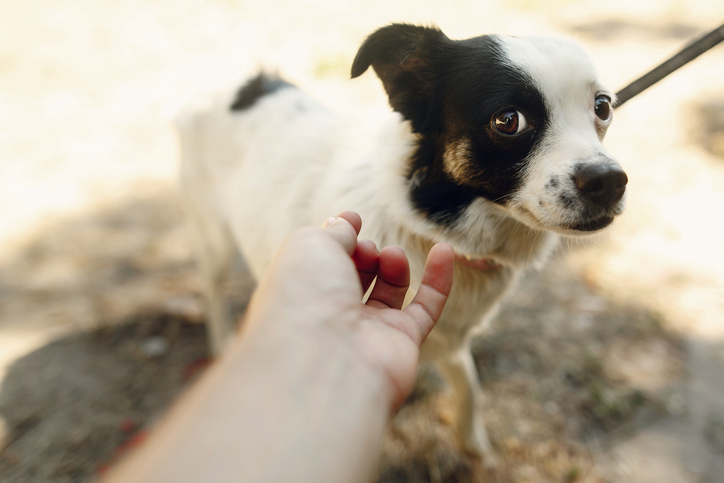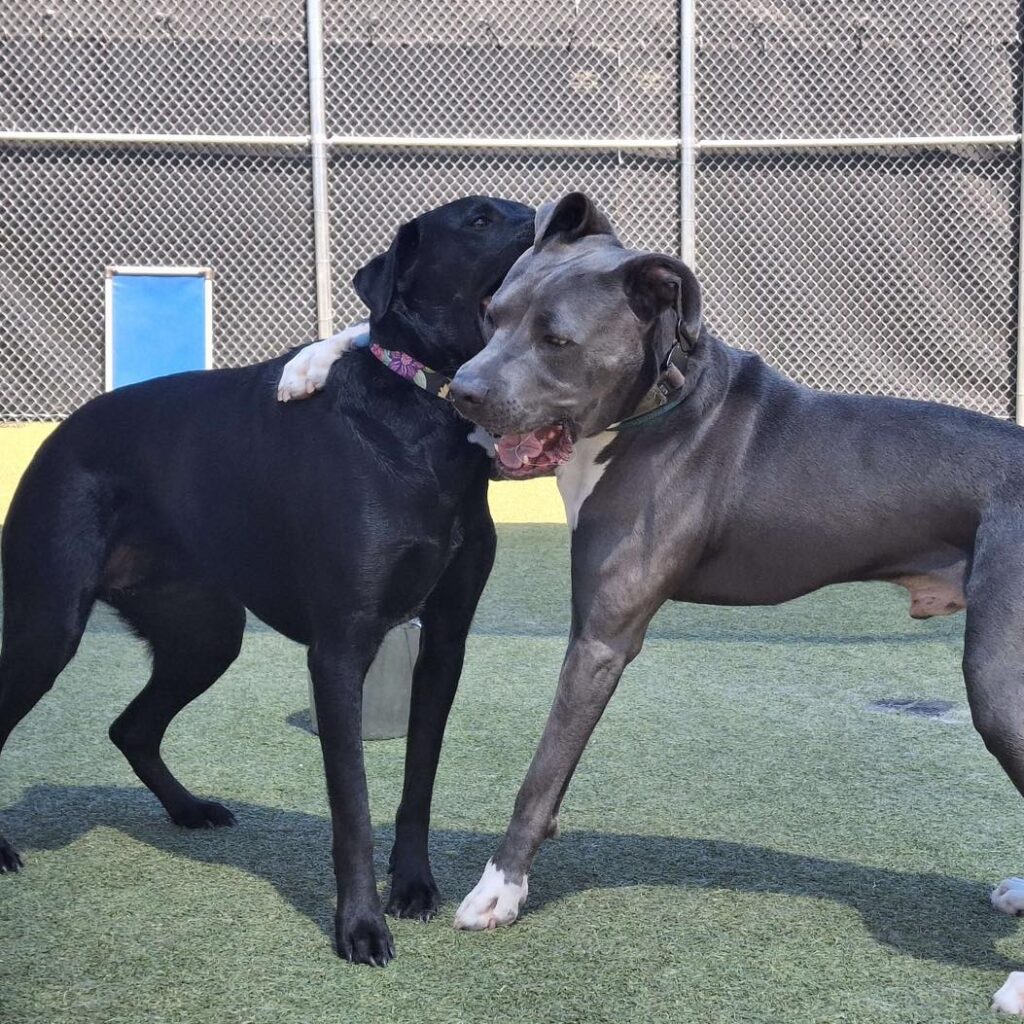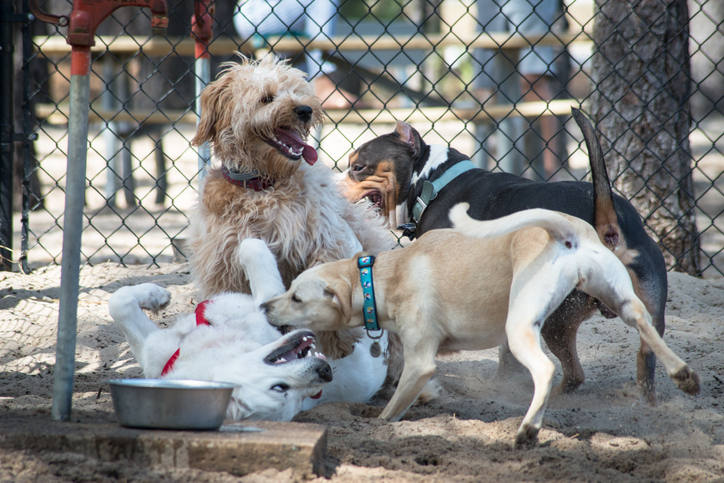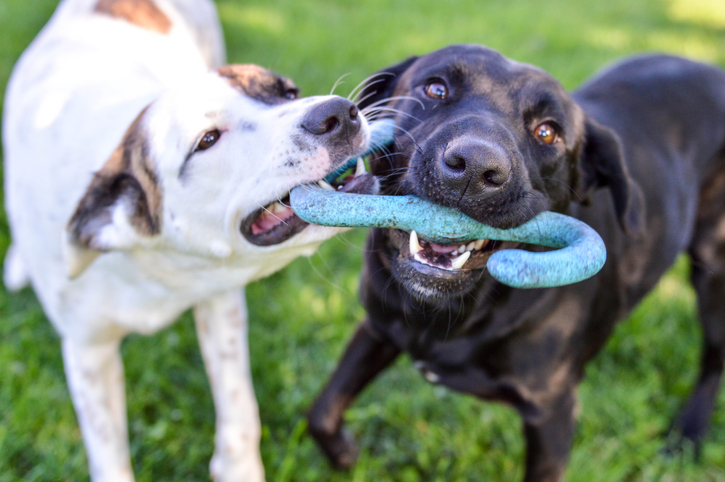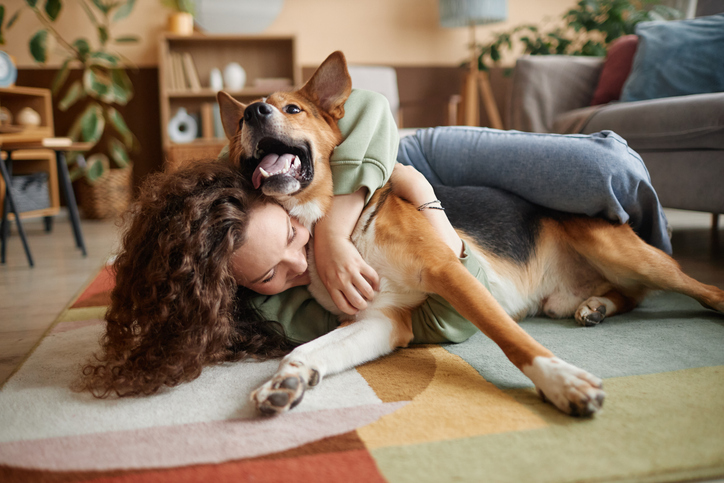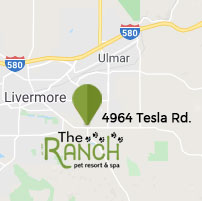
The bigs and littles are so excited that Santa Paws is coming to The Ranch Pet Resort and Spa next Thursday, December 11, 2025.
Our Santa Paws Pawty is the talk of the play yard, with both bigs and littles suiting up for their ugly sweater contest, practicing their smiles for pictures with Santa, and wondering who is going to go home with the day’s prizes.
Santa Paws Pawty is pawsed to be one epic day, and we’d hate for you to miss out! There is still time to join the fun!
Call or contact us to add your dog to doggie daycare on Thursday, December 11, 2025. There is an additional $20 fee that goes toward providing all of the fun and activities and necessities to make Santa Paws Pawty memorable!

